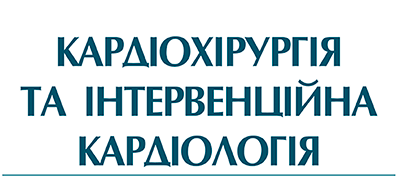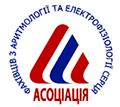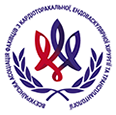Reviews
DOI: http://doi.org/10.31928/2305-3127-2020.4.510
Effect of ranolazine on the course of ischemic heart disease after percutaneous coronary intervention
О.А. Yepanchintseva 1, 2, O.J. Zharinov 2, І.V. Shklianka 1, 2
1 Heart Institute, Ministry of Health of Ukraine, Kyiv, Ukraine
2 Shupyk National Medical Academy of Postgraduate Education, Kyiv, Ukraine
Optimization of antiischemic therapy is necessary in many patients with stable forms of coronary heart disease after or during revascularization. From the standpoint of current guidelines, the addition of second-line drugs, in particular ranolazine, to beta-blockers and/or calcium antagonists is considered during anginal attacks due to incomplete revascularization, to prevent myocardial damage during percutaneous coronary interventions, and in cases when revascularization is not possible. The results of many clinical studies have proven the antiischemic effect and safety of ranolazine after coronary artery stenting. Potential advantages of ranolazine compared with other second-line antianginal drugs are the absence of significant changes in hemodynamic parameters, good tolerability and proven antiarrhythmic effects.
Key words: chronic ischemic heart disease, percutaneous coronary intervention, ranolazine.
| [PDF] | [References] |








